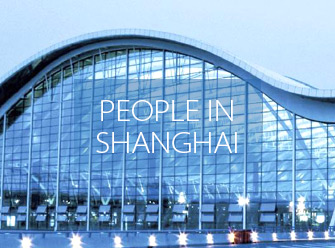Shanghai woolen embroidery reflects Pudong's development
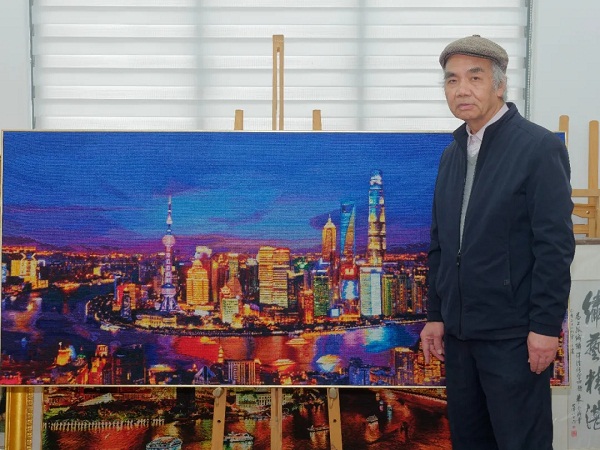
Bao Yanhui, a veteran practitioner of Shanghai woolen embroidery [Photo/WeChat account: pdnews]
"Every time I finish an embroidery of the Lujiazui skyline, I found that a new building has come into being," said Bao Yanhui, a Shanghai woolen embroidery practitioner in his 70s.
Originating in Europe and introduced to China in the 19th century, woolen needlepoint tapestry, or rongxiu in Chinese, is a modern innovation of traditional embroidery.
Shanghai woolen needlepoint tapestry, fusing Eastern and Western art, has been popular since the 1940s and was listed as a state-level intangible cultural heritage in China in 2011.
According to Bao, most of the tapestries in the 1980s featured Chinese characteristics, such as Suzhou-style gardens, the Great Walls, pandas, and the Bund in Shanghai. There was no trace of Pudong New Area.
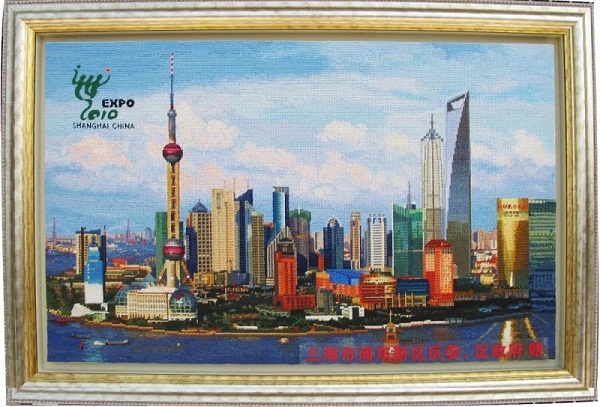
A Shanghai woolen needlepoint tapestry entitled Pudong Today was selected as a gift for the Shanghai World Expo in 2010. [Photo/WeChat account: pdnews]
In 1995, the Shanghai Oriental Pearl Radio & TV Tower made its debut on a tapestry as Pudong's first landmark.
Since then, Shanghai woolen needlepoint tapestry has documented the area's growth, as high-rise buildings and skyscrapers gradually dominate the skyline.
Tapestries featuring Pudong's scenery can be seen in local government meeting rooms and even in the People's Great Hall in Beijing.
In 2010, the work Pudong Today was selected as a gift for the Shanghai World Expo. By then, the Shanghai World Financial Center had become a new landmark in Pudong.
 Contact Us
Contact Us

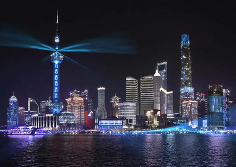 Brilliant light show to illuminate Huangpu River
Brilliant light show to illuminate Huangpu River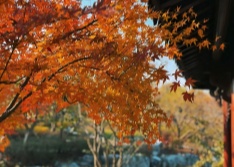 Maple leaves paint splendid scenery in Pudong
Maple leaves paint splendid scenery in Pudong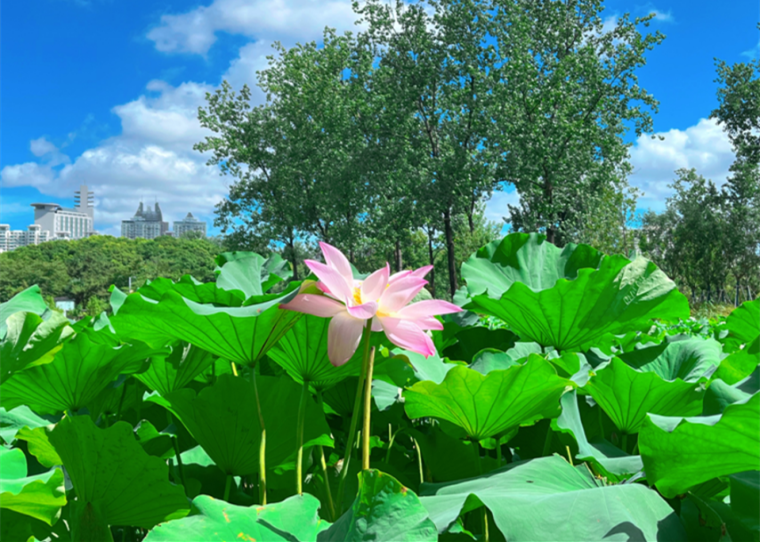 Appreciate alluring lotus blossoms in Pudong's Century Park
Appreciate alluring lotus blossoms in Pudong's Century Park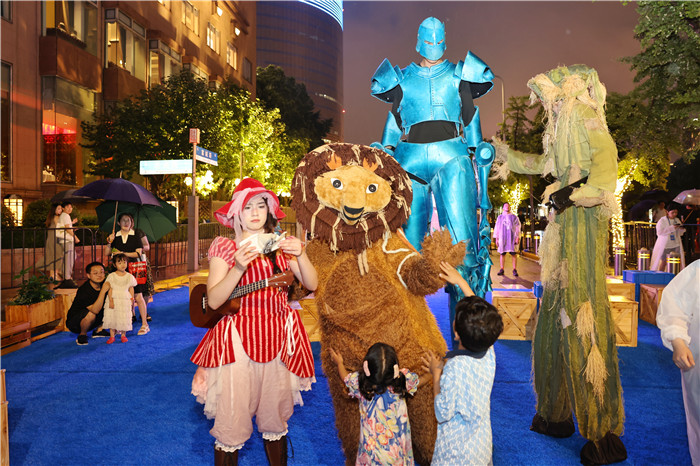 New pedestrian street boosts Pudong's night economy
New pedestrian street boosts Pudong's night economy 